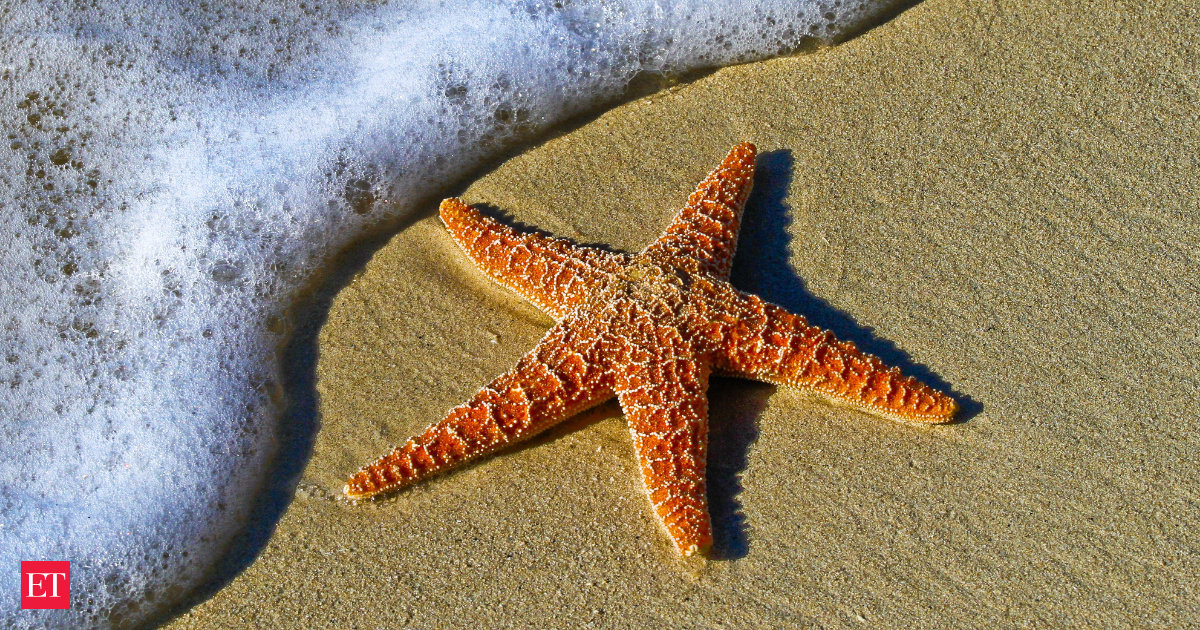As per an AP report, starting in 2013, a mysterious disease called sea star wasting disease led to a massive die-off of sea stars (often called starfish), from Mexico to Alaska. More than 20 species were affected, with the sunflower sea star hit hardest, losing nearly 90% of its population in just five years.
“It’s really quite gruesome,” said Alyssa Gehman, a marine disease expert at the Hakai Institute in British Columbia, who worked on the new research. “Healthy sea stars have puffy arms sticking straight out, but with the disease, they develop lesions and then their arms actually fall off.”
The cause? A bacteria known as Vibrio pectenicida, the same type that also affects shellfish, was identified in a new study published in the journal Nature Ecology and Evolution.
“This solves a long-standing question about a very serious disease in the ocean,” said Rebecca Vega Thurber, a marine microbiologist at the University of California, Santa Barbara, who was not part of the study.
For years, scientists believed the cause might be a virus, particularly a densovirus. But further research revealed that this virus exists in healthy sea stars too, and wasn’t responsible for the illness.Researchers had also missed the real cause earlier because they mainly studied dead sea stars, which no longer had the internal fluid needed for proper analysis. This time, scientists focused on coelomic fluid, the liquid inside living sea stars, and found the harmful bacteria there.“It’s incredibly difficult to trace the source of environmental diseases, especially underwater,” said microbiologist Blake Ushijima from the University of North Carolina, who wasn’t involved in the study. He called the research “really smart and significant.”
Now that the cause is known, scientists believe they can start efforts to protect and restore sea star populations.
According to Melanie Prentice, co-author of the study, researchers can now test which sea stars are still healthy, explore breeding in captivity, and move healthy individuals to areas where the population has collapsed. They may also test whether some sea stars have natural immunity, and whether probiotics could help protect them.
This work is essential not just for the sea stars, but for the entire marine ecosystem. Sunflower sea stars are known for eating sea urchins, which helps keep their numbers in check.
Since the sea stars have vanished, sea urchins have taken over, destroying about 95% of kelp forests in Northern California within ten years. These kelp forests are often called the “rainforests of the ocean,” and they provide food and shelter for fish, sea otters, seals, and many other marine species.
“Sunflower sea stars look sort of innocent when you see them,” said Gehman, “but they eat almost everything that lives on the bottom of the ocean. They’re voracious eaters.”
Now, with this new breakthrough, scientists hope to bring sea star numbers back, and help restore the Pacific’s kelp forests.
Inputs from AP
